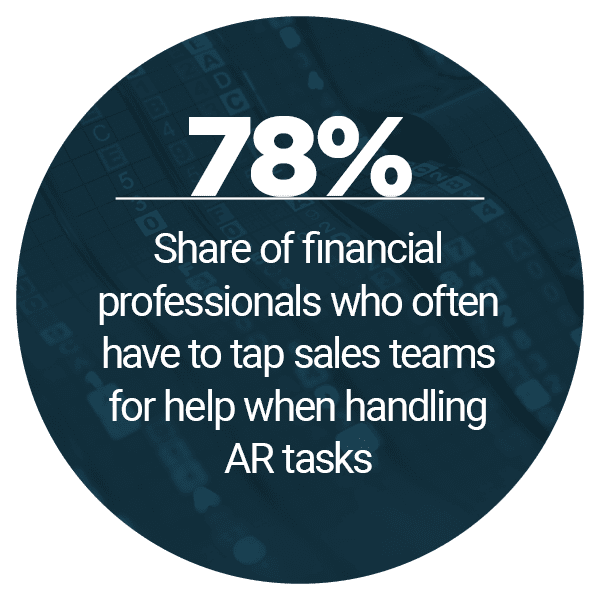Report: Overcoming Cross-Border Invoice Complexities

Businesses have gone back to the drawing board to rethink their payments approaches during the COVID-19 pandemic. Old-school business-to-business (B2B) transaction methods like sending and waiting on checks and physical invoices are more difficult to stick with now that many offices are closed and financial teams are working from home. Companies are therefore reconsidering their accounts payable (AP) and accounts receivable (AR) strategies, including everything from how they place orders to how they pay for them.
 Businesses around the world are warming to automations and other digital tools that can simplify these processes as they seek to sustain or grow their operations. The inaugural “Back-Office Optimization Playbook” examines how businesses can create more efficient, scalable processes using AR and AP digitization.
Businesses around the world are warming to automations and other digital tools that can simplify these processes as they seek to sustain or grow their operations. The inaugural “Back-Office Optimization Playbook” examines how businesses can create more efficient, scalable processes using AR and AP digitization.
Around The Business Digitization Space
Vendors are suffering cash flow disruptions during the ongoing health crisis, and these hiccups have been especially painful for smaller companies that typically have fewer financial resources stashed away. Small- and mid-sized businesses (SMBs) are thus pushing clients to pay them more quickly, with many moving away from paper checks and instead sending funds digitally. Fifty-one percent of SMBs in a recent study reported that they had persuaded business customers to switch over to digital payments, for example.
Clients are not the only ones causing slow payments. Vendors are aware that invoicing mistakes can lead to lengthy disputes over charges, and preparing invoices by hand can increase the likelihood of human errors. This may be a widespread problem, too, with 94% of financial teams reporting in a recent survey that they use some manual methods to prepare invoices and billing details.
Businesses are also reexamining how they buy from each other. AP teams used to placing orders when meeting with or making phone calls to sales representatives may find these approaches more cumbersome now that social distancing is a necessity, and the quickly shifting business landscape makes finding and purchasing items rapidly a crucial consideration. This could lead to more buyers to start using B2B eCommerce sites to secure items, and these marketplaces are expected to facilitate $3.6 trillion worth of sales by 2024.
Find more about these and all the rest of the latest headlines in the Playbook.
How B2B Sellers Overcome International AR Challenges
Vendors that want to reach business clients overseas must have the right strategies and tools in place to tackle various concerns. Sellers and buyers may transact in different currencies, for example, making it paramount that vendors manage the foreign exchange (FX) risk — especially when serving customers in countries where currency values are prone to fluctuations. Suppliers also need to prepare invoices that meet the different standards and regulations in effect in their buyers’ home countries. In this month’s Feature Story, Jeff Edwards, CEO and founder of edge power quality solutions provider Energy Control Systems, explains the AR decisions that have helped his company reach clients in 43 nations.
Find the fully story in the Playbook.
 Deep Dive: Streamlining And Accelerating AR And AP To Power Business Expansion
Deep Dive: Streamlining And Accelerating AR And AP To Power Business Expansion
The pandemic has made legacy, paper-based payment and approval methods more difficult to handle, with companies facing the daunting prospect of mailing boxes of checks to executives’ homes for their signatures, for example. However, digital tools could help remove some of these frictions and keep B2B transactions smoothly flowing. This month’s Deep Dive examines how companies are looking to adopt digital tools like eSignature solutions, eInvoicing and payments automations that can help them modernize their AP and AR processes and respond to new operational realities.
Download the Playbook to read the Deep Dive.
About The Playbook
The “Back-Office Optimization Playbook,” a collaboration between PYMNTS, Coupa and TransferMate, examines how digitizing AR and AP can streamline B2B transactions and support business growth

